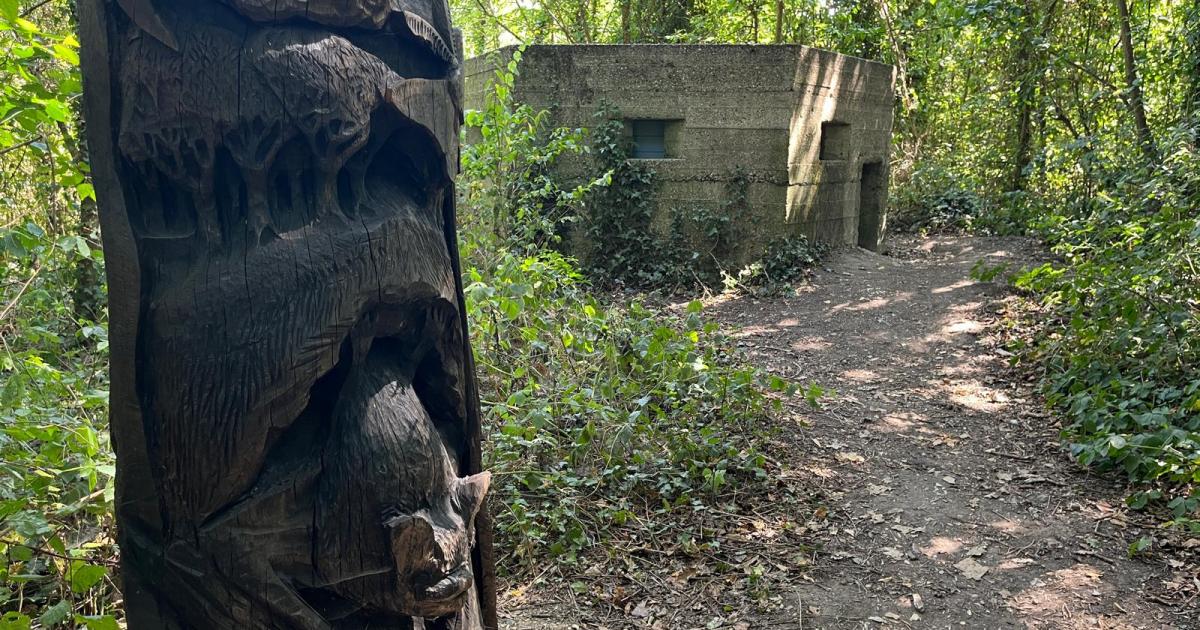An original Second World War pillbox in Mudeford Wood – once used for defence and training ahead of operations like the D-Day landings – has now been transformed into a dedicated bat habitat, known as a hibernaculum.
Mudeford Wood is a designated Site of Nature Conservation Interest, and is well known for its rich biodiversity, including protected bat species such as the common pipistrelle, brown long eared, and serotine bats.
But the area also has a heritage as the former RAF Christchurch airfield, with the site used for aircraft production and military exercises during WW2. Some of that history remains on site including two concrete pillboxes built to protect and fortify the airfield.
In recent years, one of the pillboxes had become a hotspot for anti-social behaviour and vandalism, threatening both its historical value and its role as a wildlife habitat.
Inspired by recent successful transformations of similar pillboxes in Suffolk and Studland, the council decided to take action.
Working closely with renowned Dorset bat ecologist Colin Morris, the council conservation team has carefully adapted the pillbox to suit the bats’ needs.
A bat hibernaculum provides bats with a secure chamber with a stable temperature and moist humidity for them to roost in, creating shelter and reducing the risk of interference from other mammals.
Key measures on this project included sealing the pillbox windows and fitting the entrance with a galvanised grille allowing bats to fly in and out freely while protecting them from disturbance.
The project was financed entirely by fees paid to the council by developers who are building new housing within a certain distance of protected heathlands – known as Healthland Mitigation Funding.
Councillor Andy Hadley, portfolio holder for climate response, environment and energy said: “This is a really innovative piece of work from our conservation team and I’m looking forward to following the progress of the project.
“The WW2 pillbox is an important piece of local heritage which was at risk of being lost to the community due to anti-social behaviour and it’s wonderful to see it given a new purpose – supporting our native wildlife whilst celebrating the site’s fascinating history.”
Colin Morris, local bat ecologist said: “Protecting important sites like this, although small in stature are vital to the local population of bats and ‘once the word gets around in the batty world’ it’s likely to become a regular, long-term, safe and secure haven for them during the important hibernation period.
“Hibernation sites are never as interesting as the summer, nursery sites and often overlooked, but without them, bats would struggle to survive.”
To highlight and promote the work to residents, a carved commemorative sculpture has been installed, and new signage will soon inform visitors about the project’s aims and the significance of bats to the ecosystem.
The transformation ensures that, while aircraft no longer soar from Mudeford Wood, the skies remain alive with the fluttering wings of its cherished bat residents, just in time for Halloween.

